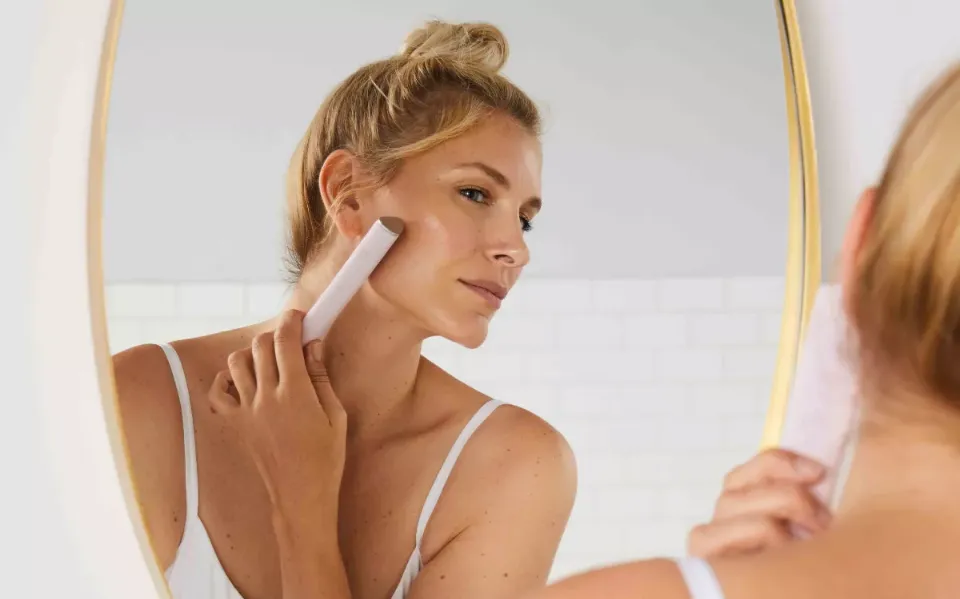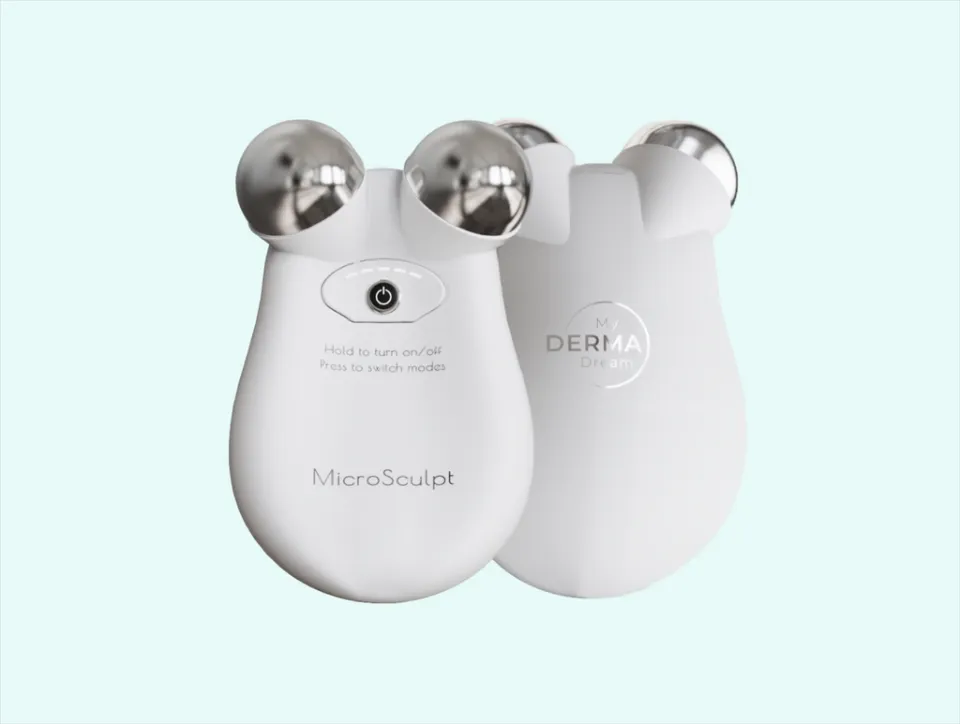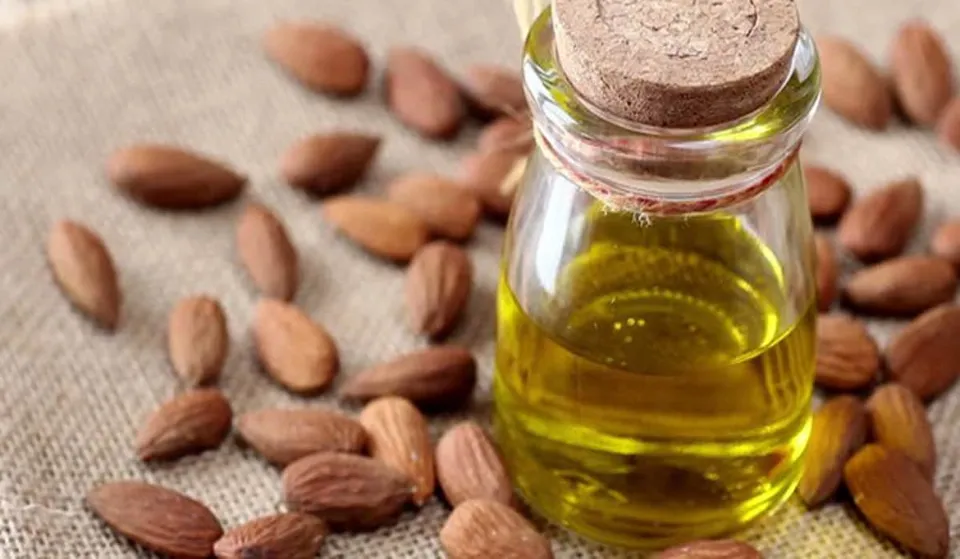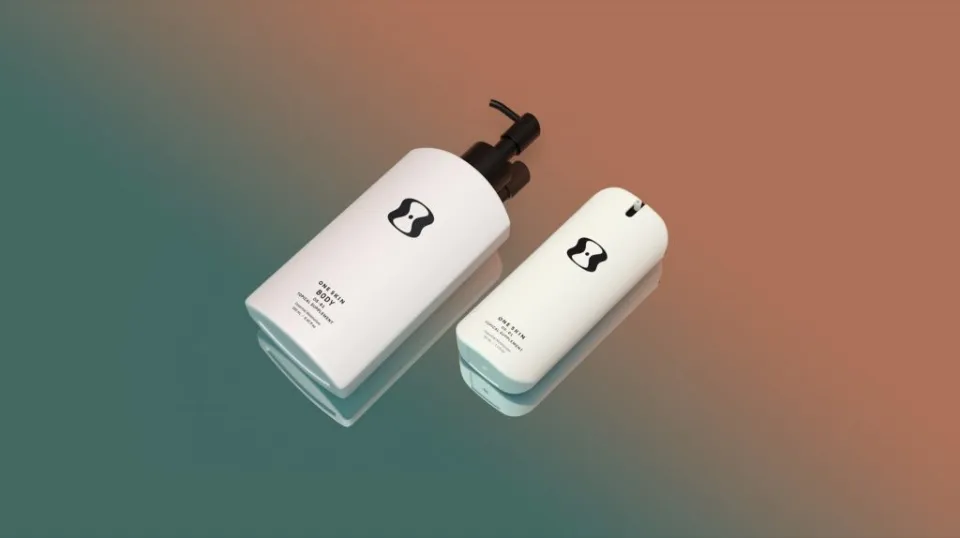Peach fuzz, also known as vellus hair, is a type of facial hair that is lighter in color, softer in texture, and shorter than other hairs on your body. If you want to remove it, our guide on how to get rid of peach fuzz on face is right for you.
Before attempting to remove these fine hairs on your own, it’s crucial to know which treatments are appropriate for your face and which you should completely avoid. Your options may go beyond typical shaving or waxing.
Read on for our list of seven different ways to get rid of peach fuzz if you’re interested in tackling unwelcome facial frizz.
What is Peach Fuzz?
The extremely fine, pale-colored hair on your face known as “peach fuzz” is similar to the fuzz on a peach’s skin.
These fine hairs commonly develop under the nose, on the chin, and occasionally on the cheeks and are present on all skin types and tones.
The removal of these hairs is a matter of personal preference and, although they are typically not very noticeable from a distance, it may have cosmetic advantages for some people, such as a smoother makeup application.
Also Read: How to Get Smooth Skin on Face?
How to Get Rid of Peach Fuzz on Face?
If you’re looking to remove peach fuzz on face, you may consider discussing the benefits and risks of the following options with a dermatologist or esthetician.
1. Shaving
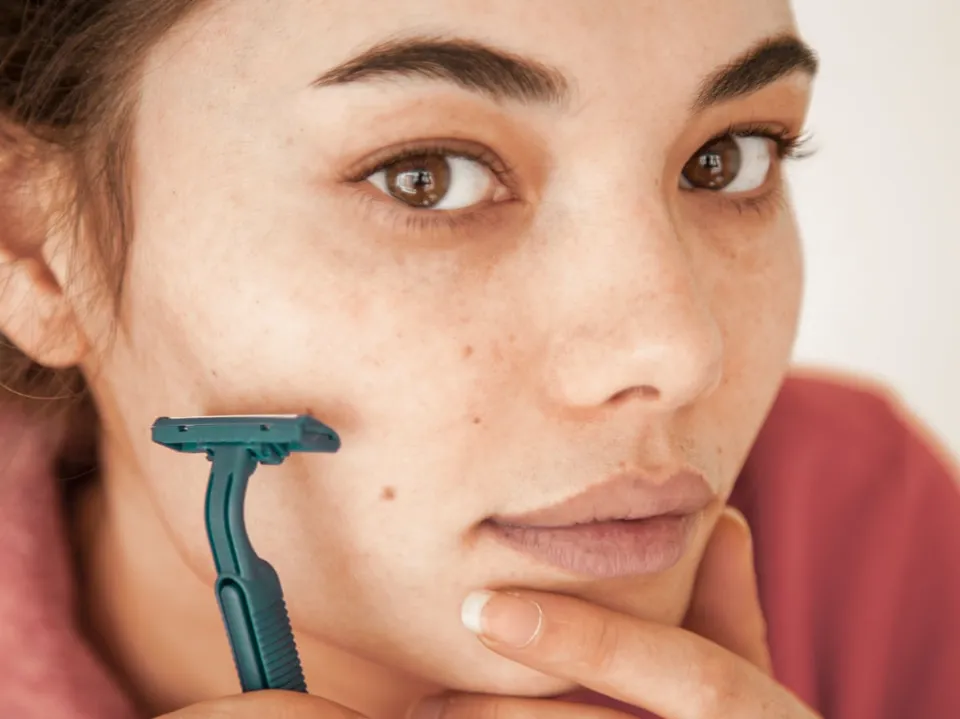
Unwanted peach fuzz can be shaved off just like any other facial hair. Rather than reaching for the same razor you use on your legs, opt for a gentler option by using a small, electric razor specifically meant for use on your face.
Pros of Shaving
- Completely painless, more accessible, and reasonably priced.
- removes extra oil, dirt, and dead skin cells.
- ensures smooth, glassy skin.
- Skin tone/color of the individualIt takes five minutes or less.
- makes skin ready for easy makeup application.
- improves the absorption of skin care products.
Cons of Shaving
- Unsuitable for skin that is sensitive and prone to acne.
- Poor shaving techniques can cause skin irritation and razor burns.
2. Sugaring and Waxing
Warm pastes are applied to the skin during both sugaring and waxing procedures. After a short while, the paste is covered with a cloth and ripped off, or it is peeled back, removing your hairs in the process.
Because the hairs are removed from their roots, these techniques produce longer-lasting results than shaving.
Both methods can be used at home, but if you have sensitive skin, you might want to consider consulting a professional. Avoid either treatment if you’re currently using:
- retinol treatments
- antibiotics
- prescription-strength acne medications
Pros of Sugaring and Waxing
- It provides long-lasting results by removing hair from the roots.
- The procedure takes fifteen minutes or longer to complete.
- skin that is supple and radiant.
Cons of Sugaring and Waxing
- It’s an aggressive and painful approach.
- bad for sensitive and acne-prone skin.
- It stings for hours.
- Visible spider veins and redness may appear as a result of this.
- The skin may become loose as a result.
3. Threading
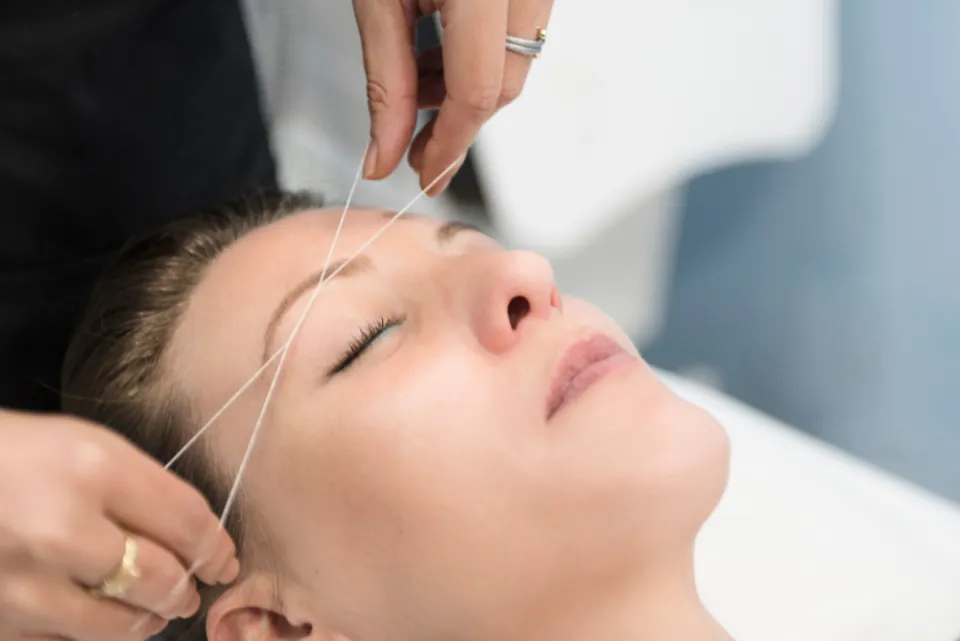
By pulling the hair away from your skin with a loop of thread, threading is a method.
However, it also does a fantastic job of getting rid of facial fuzz. This common hair removal method is best known for shaping brows. Since threading removes the hair from the follicle, your hair will regrow thinner and finer. It is a completely natural method.
Pros of Threading
- affordable and effective.
- Even the smallest hair is removed by it.
- Chemical use is not a part of it.
- Results can last for a few weeks.
Cons of Threading
- painful and occasionally stings.
- Risk of infection.
- The need for practice prevents it from being done at home.
- It can be problematic for oily skin.
4. Dermaplaning
Although dermaplaning has long been used to treat acne scars, some skin care clinics are now promoting the procedure as a way to help get rid of peach fuzz and exfoliate your skin. The method uses a tiny scalpel to carefully remove vellus hairs.
When performed by a trained professional, dermaplaning is regarded as safe for all skin types.
Pros of Dermaplaning
- Exfoliates the skin.
- improves how well skin care products are absorbed.
- helpful in removing deep acne scarring and wrinkles.
Cons of Dermaplaning
- Inflammation, peeling, and redness are possible effects.
- It may result in infection and discoloration.
- Not appropriate for certain types of skin.
5. Laser Therapy
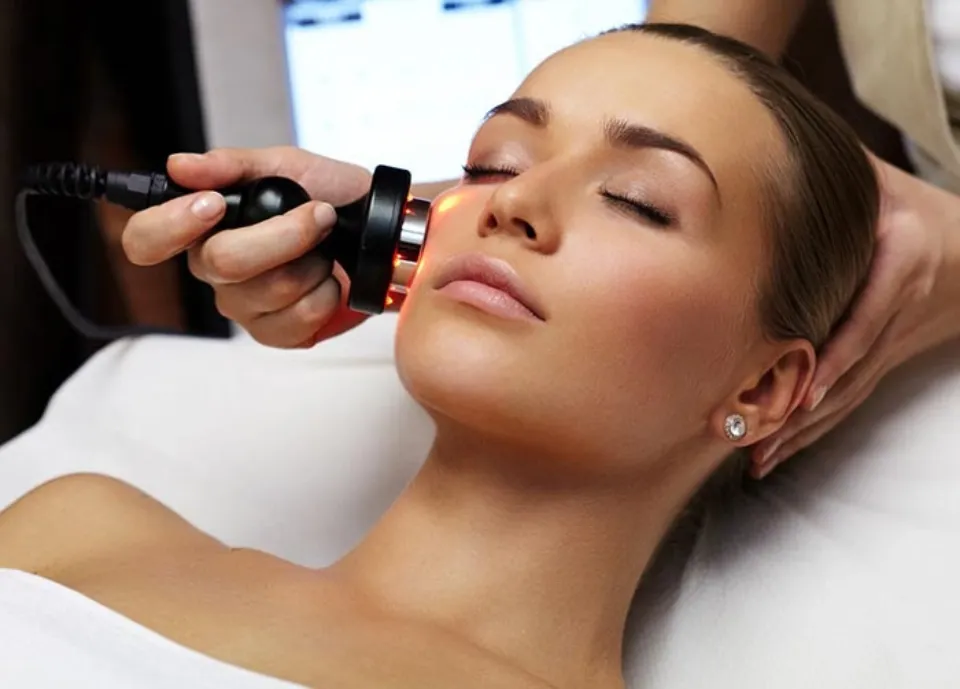
Consider speaking with a dermatologist about laser therapy if you’re looking for longer-lasting effects. In order to temporarily stop growing hairs, the process heats up the hair follicles.
Only professionals can perform laser hair removal, which is more expensive. You might also think about whether any side effects are advantageous compared to the more long-lasting effects.
Pros of Laser
- Results persist for a very long time.
- Hair grows back lighter and thinner.
Cons of Laser
- successful for people with darker hair and lighter skin.
- Peach fuzz’s lack of pigment makes it unsuccessful for facial hair.
- This isn’t a long-term fix.
- Expensive and requires 10-12 sitting before giving results.
- It can cause redness and burns.
6. Electrolysis
Like laser therapy, electrolysis is a more long-term solution to hair removal, and is only performed by licensed professionals. Unlike laser treatments, though, electrolysis aims to destroy hair roots with electrical currents.
The most expensive and time-consuming option is typically electrolysis. Due to the possibility of scarring and pigmentation changes, if you have dark skin, you should work with a professional who is skilled in applying this treatment to people of different skin tones.
Pros of Electrolysis
- Hair removal method that is permanent.
- best for those with thicker hair.
Cons of Electrolysis
- multiple treatments are necessary.
- Time-consuming and expensive.
- carries the potential risk of skin discoloration.
- It can only be done by skilled experts.
7. Depilatories
Depilatories are creams and gels made of alkaline chemicals for hair removal. By dissolving the keratin protein found in hair, it weakens the hair strands. Applying depilatory to the skin for 5-6 minutes removes hair gently.
Pros of Depilatories
- Method that is painless, efficient, and reasonably priced.
- Takes 5-6 minutes.
- At-home completion of the task is quick.
Cons of Depilatories
- Burns from chemicals are a possibility.
- It may cause skin irritation and peeling.
- Unsuitable for sensitive skin that is irritated.
- Risk of ingrown hair.
- Strong odor.
8. Tweezing
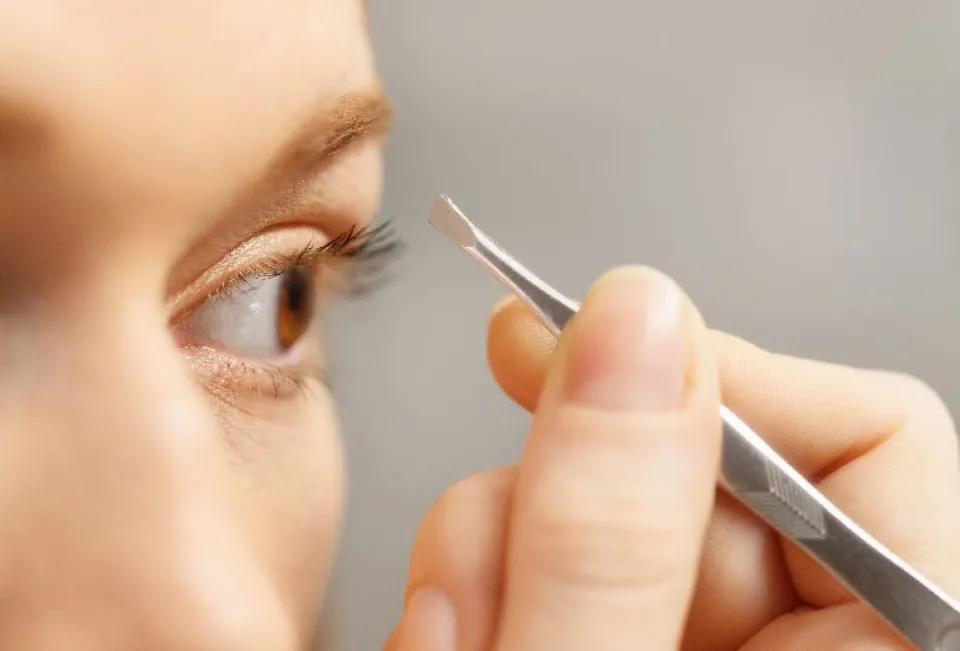
Tweezing is a painful way to remove fuzz by pulling out hair with a pair of tweezers. Long-term application of this method may increase blood flow to the hair follicles. Hair may regrow thicker as a result of this.
Pros of Tweezing
- appropriate for short hairstyles like eyebrows.
- Removes hair from the roots.
- It is a simple, affordable, at-home method.
Cons of Tweezing
- Painful and tedious.
- takes a lot of time.
- Peach fuzz shouldn’t choose this.
9. Prescription Creams
The enzyme in the hair follicle that is responsible for growth is inhibited by prescription creams.
Pros of Prescription Creams
- both painless and effective.
Cons of Prescription Creams
- Current medications may be affected.
- This isn’t a long-term fix.
- restores hair growth after extended inactivity.
Is It Bad to Shave Peach Fuzz?
Most of the time, peach fuzz is not particularly visible to other people, and you’re the only one who notices it.
But, with most of us carrying smartphones in our pockets with built-in cameras, which are sometimes a little bit too It makes sense that we might continue to feel the urge to shave HD. There’s no reason not to, either.
In fact, getting rid of peach fuzz can help make it possible to apply makeup more smoothly.
Will Peach Fuzz Return Thicker If I Remove It?
Peach fuzz will not grow back thicker when you remove it. It’s also a mythTrusted Source that hair removal methods will change the growth rate or color of your hair.
When peach fuzz grows back, you might notice that it has a thicker feel, similar to other types of hair. This does not indicate that the hair is actually thickening again; rather, it is merely a temporary phenomenon caused by new hairs poking through the skin’s surface.
Takeaway: How to Get Rid of Peach Fuzz on Face
Just like with other types of facial and body hair, you have a variety of options to remove peach fuzz.
You have the traditional options of shaving or waxing, but you can also discuss other options with a dermatologist.
Avoiding treatments that are too harsh for the delicate skin around your face or those intended for other types of body hair is also important.
Having beautiful skin free of bothersome peach fuzz is the real objective here. Even though it has a cute name, it needs to be eliminated.
Read More:
- How to Treat Peeling Skin on Face?
- How to De-Puff a Bloated Face?
- How to Remove Dead Skin on Face?
- How to Get Rid of Skin Tags on Face?
FAQs
Will Peach Fuzz on Face Getting Longer?
Peach fuzz doesn’t grow back thicker after you remove it.
Does Peach Fuzz Grow Back Darker?
Shaving does not cause hair to grow back thicker or darker no matter where it grows on your body. It is common for people to think shaving your legs or underarms causes thicker hair growth.
Why Am I Getting So Much Peach Fuzz on My Face?
Women can develop excessive body or facial hair due to higher-than-normal levels of androgen hormones.

